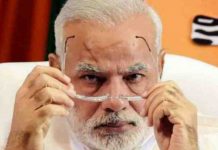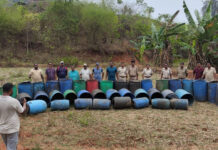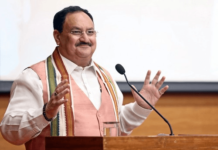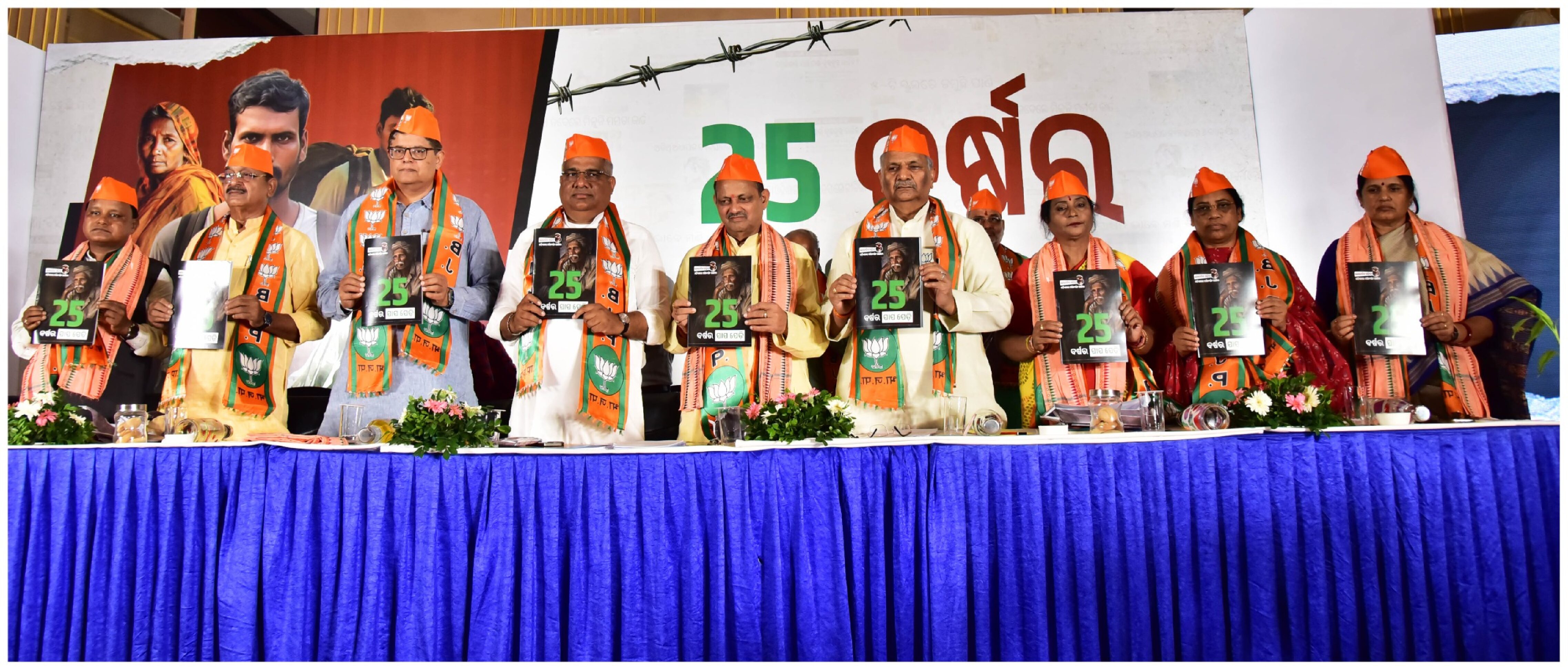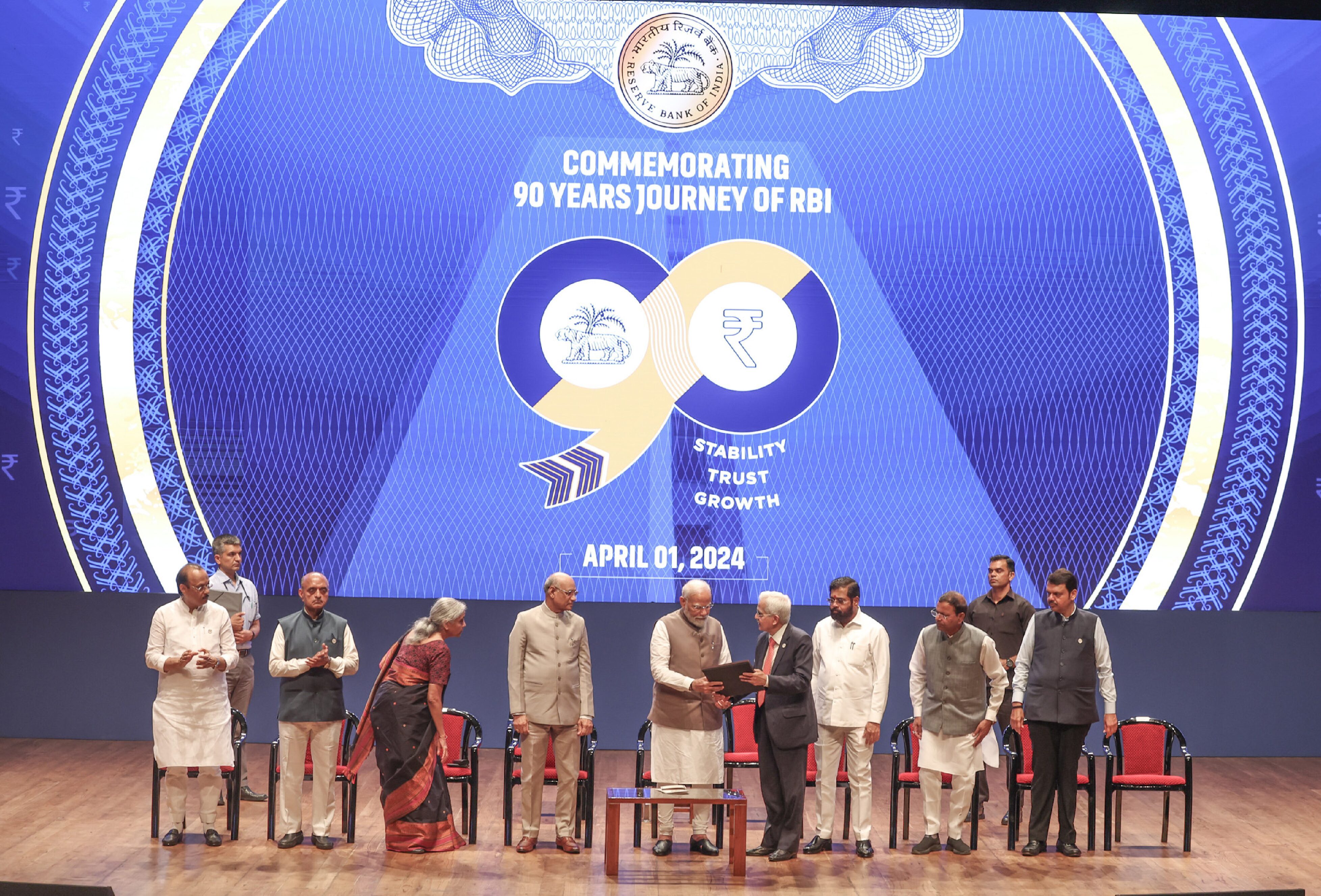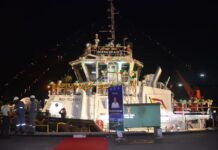The Industrial Policy Resolution-2015 has identified seafood processing as a thrust sector and has made special incentives for the development of this sector. Other than IPR, the Odisha Food Processing policy also provides for various incentive schemes for investors in this sector.
An important component of human well-being is employment, which in aquaculture has grown rapidly in the last three decades. More than 100 million people now depend on the sector for living, either as employees in the producing and support sectors or as their dependents. In many places, these employment opportunities have enabled young people to stay in their communities and have strengthened the economic viability of isolated areas, often enhancing the status of women in developing countries, where more than 80 percent of aquaculture output occurs.
The total fisherman population in Odisha State is about 10.15 lakhs of which 4.5 lakhs are marine and remaining are inland fishermen. There are about 87000 active marine and about 1,89.000 inland fishermen. The number of fisherman villages is 3878 of which 813 are marine and 3065 are inland.The active fisherman cooperatives in the state is 638 (78 marine and 560 inland) with a total membership of 99294. Most of the fishermen villages lack basic amenities like communication, housing, electricity, drinking water, health and sanitary facility.
The total fish production of the State in 2013-14 was 4,13,000tonnes of which 2,94,000tonnes from inland sector and 1,20,000 tonnes from marine sector; with an annual growth rate of 3 percent since 2008-09. Within last three years, the export has gone more than three times in term of value. The State has declared its Fishery Policy-2015.The state of Odisha is no way exceptional with regards to maintaining the pace of aquaculture development in the line of national level. Aquaculture has been one of the major options in the State for the fish supply on a sustainable basis. With long tradition of fish farming along with other neighbouring states like West Bengal and Bihar, the State has been continued to be outlets of relevant freshwater aquaculture technologies, including those of induced breeding and composite carp culture which virtually have revolutionized the aquaculture sector, through the presence of Pond Culture Division of CICFRI at Cuttack till 1987 and later as FARTC and CIFA at Bhubaneswar.
Resources and Potential
Odisha is one of the maritime states of India having 480 km coastline and beaches, lakes and lagoons provides excellent scope for development of inland and marine fisheries. Ponds and tanks, swamps, bheels, reservoirs, lakes and estuarine water bodies are the major source of fish production in the state.Nearly 63,292 numbers of GP tanks covering an area of 50,309 ha, 13, 362 numbers of revenue tanks covering an area of 37,934 ha are available in the state as on 2013. Ganjam district has maximum (28,433 ha) coverage area of tanks and ponds followed by Mayurbhanj (9,495 ha) and Baragarh (6,452 ha) and minimum of 847 ha in Deogarh district. Out of total ponds and tanks, GP tanks constitute nearly 40% followed by private tanks (31%) and revenue tanks (29%). Comparing the situation over a period of five years, it is recorded that coverage of ponds and tanks during 2008 was 1,21,842 ha that increased to 1,22,340 ha in 2010-11 and 1,24,177 ha in 2013 showing a steady horizontal expansion of resources. Besides, the state has nearly 138 reservoirs comprising of small and medium category covering an area of 2,00,379 ha. Sambalpur district has maximum water spread area (35,700 ha) followed by Malkanagiri (17, 678 ha). In addition, over 32,578 ha of brackish water culture farms, 8100 ha of back waters, 79000 ha lakes and 297850 ha of estuarine zones are available in the state with an average productivity of 1000kg/ha, 200kg/ha, and 80.0 kg/ha respectively.Comparing a situation between production and productivity of inland system, it is observed that production level of river, canals, reservoirs, tanks, ponds, brackish farms, and estuarine area are less than its potential and it is only 7% in case of Bheels and swamps suggesting a good scope of improvement in future. On the other hand, in brackish water sector, the production exceeds the potential level indicating an over exploitation status.
Aquaculture Development Strategies
A district wise plan has been made with varied production targets based on resources, eco-climatic condition, present production levels, economic status of the farming communities etc. Under the plan the 30 districts are divided into three broad categories based on present production status, level of utilization of resources, geographical location and climatic conditions. For example, while districts with low rainfall and rocky terrain, providing situation not very much suitable for fish culture with higher production are proposed for production levels of 1.75 and 2.5 tonnes/ha/year under extensive and semi intensive farming, respectively, districts with favourable climate and resources correspondingly have been assigned with higher production levels of 2.5 and 3.5 tonnes/ha. The plan also assessed the requirement of seed, broodstock, nursery and rearing areas, supplementary feed, fertilizers and other inputs those are required for achieving the projected production on district basis.
In spite of the fact that the technology of induced breeding and seed production has become a common practice of the farmers today in several parts of the country, especially in the neighboring state West Bengal, Odisha still lags behind in terms of adequate supply of fry and fingerlings. In this direction it is necessary to establish a few small scale carp hatcheries in seed deficit districts and dedicated seed raising farms. In this direction public private partnership may play a significant role. Nursery rearing and further production of fingerlings being the major aspects, those ultimately influence on the growth of the grow out production sector, it is necessary to emphasize on greater on interventions on seed rearing and bringing the present survival levels in nurseries of the state from 25-30% to at least 40%.
Emphasis on diversification with inclusion of high valued species and enhancing farm income from unit area has led to adoption of freshwater prawn farming in certain region. However, the unit area production in the state is found to be much lower than Andhra Pradesh, probably due to low investment levels by our farmers. Non-availability of adequate seed of the species has been the other bottleneck, which calls for greater entrepreneurial investment in establishment of hatcheries in coastal areas. Considering the requirement of higher level of capital investment to the tune of about Rs. 30 lakh for a post larval production capacity of 10 million/year, efforts must be made on private-public partnership.
Culture-based fisheries development
The State though possesses about 8% of the country’s reservoir area of 3.2 million ha, comprising 1436 small (<1000 ha), 3 medium (1000-5000ha) and 3 large (>5000 ha) reservoirs, it has not able to exploit their potential yet with regard to fish production. Several of these small reservoirs further are even less than 40 ha which dry up during summer, thus provides enormous opportunity for bringing them under the purviews of aquaculture. Further, culture-based fisheries with scientific stocking of carp species with advanced fingerlings, especially in other small reservoirs can enhance the production levels substantially. While production levels of 150-300 kg/ha based on the stocking as only management has demonstrated in several reservoirs of the country, it is necessary that the state gears up with a proper strategy for reservoir development through detailed studies on productivity status of each of the reservoirs and subsequently by scientific stocking. Ensuring supply of desired size of fingerlings in adequate quantity being the most critical factor, in-situ seed production for each of these reservoirs through cage and pen culture may be considered as a possible alternate strategy.
In the course of half a century or so, aquaculture has expanded from being almost negligible to fully comparable with capture production in terms of feeding people in the universe. Aquaculture has also evolved in terms of technological innovation and adoption to meet changing requirements. One third of the farmed food fish harvested was achieved without the use of feed through the production of bivalves and filter feeding carps. Around 600 aquatic species are raised in captivity world wide for the production of variety of farming systems and facilities for varying inputs intensities and technological sophistication using freshwater, brackishwater and marine water. Aquaculture was also contributes substantially, with hatchery produced seeds for stocking, to culture-based capture fishery production, particularly in inland waters. However, the stage of aquaculture development and the distribution of aquaculture production remain imbalanced in all the regions. The state of Odisha has no exceptional with regard to maintaining the pace of aquaculture development in the line of national development. It is one of the major options for the state for fish supply on a sustainable basis. The state may be known one of the underdeveloped in the eastern India for its low literacy rate and frequent occurrence of calamities but occupies a unique position in the map of aquaculture development in the country. With a long tradition of fish farming along with neighbouring states like West Bengal and Bihar the state has been continued to be outlets of relevant freshwater aquaculture technologies particularly induced breeding and composite carp culture which virtually revolutionalized the aquaculture sector.
Fishery Policy 2015
Odisha is the first state to declare a comprehensive fishery policy to address the issues and challenges related to fisheries and aquaculture in the state.This will take into account the present statusof the fisheries management and development are essential for the State of Odisha to promote and facilitate economic activities in fisheries sector as a means of enterprise promotion and livelihood security. The Policy aims to address sustainable utilisation, protection/ promotion of the nutritional security, livelihood security of the fisher community, gaps in the legal and regulatory framework and their enforcement, gaps in theadministrative structure and processes, financing mechanisms including subsidies, technology and extension support as well as social and environmental implications.
Challenges in aquaculture development
The major constraint that probably hinders the growth of freshwater aquaculture in the state is the community ownership of 3/4thof the potential water area under ponds and tanks. The shortleasing period, multipurpose use of these water body restricting the application of organic and inorganic fertilizers, social conflicts etc. are few problems being often encountered during implementation of developmental projects in these community ponds. On the other hand, the private-owned ponds, usually being smaller in size with low water depth, restrict the implementation of commercial farming. The strategy, therefore, aimed at considering all these issues for overall development of the sector.
A possible result is that Governments will be under pressure from companies to reduce labour and socialstandards.Employment in aquaculture must be equitable and non-exploitative, with principled values guiding activities to induce beyond-compliance behaviour. With an ethos of corporate social responsibility, aquaculture companies would assist local communities, employ fair labour practices and demonstrate transparency. Increasingly, with rising consumer awareness, it makes good business sense for aquaculture enterprises to demonstrate that they meet the best standards. Legislation should protect labour and reflect concepts of social justice and human rights, but it needs to strike a balance as overly cumbersome regulations can make anotherwise viable business unprofitable.
Although several technical, eco-climatic and socio-economic issues have been often identified as the major barrier of aquaculture development of the State, dissemination of sound scientific information alone probably can help in overcoming from several of these constraints. What is necessary is to enhance the knowledge level of the farmers, facilitate community approach, encourage entrepreneurship development and strengthen efforts on extension bridging. Support for due technological back up and credit are other aspects that need attention. While tapping the potential of our existing water bodies through enhancing production levels may be strategy, it may be necessary to bring more water area under its farming in years to come, especially those water logged areas which remained fallow and not used for any economic use, under commercial production.
B.K. Das
Central Institute of Freshwater Aquaculture
Kausalyaganga, Bhubaneswar-751002, Odisha
K.K.Nayak
KBDAV College Nirakarpur







